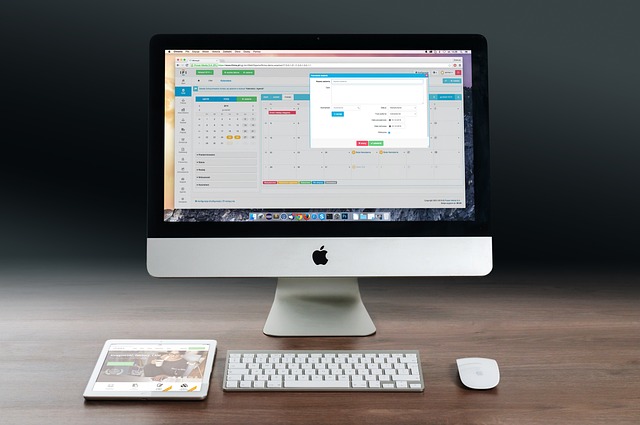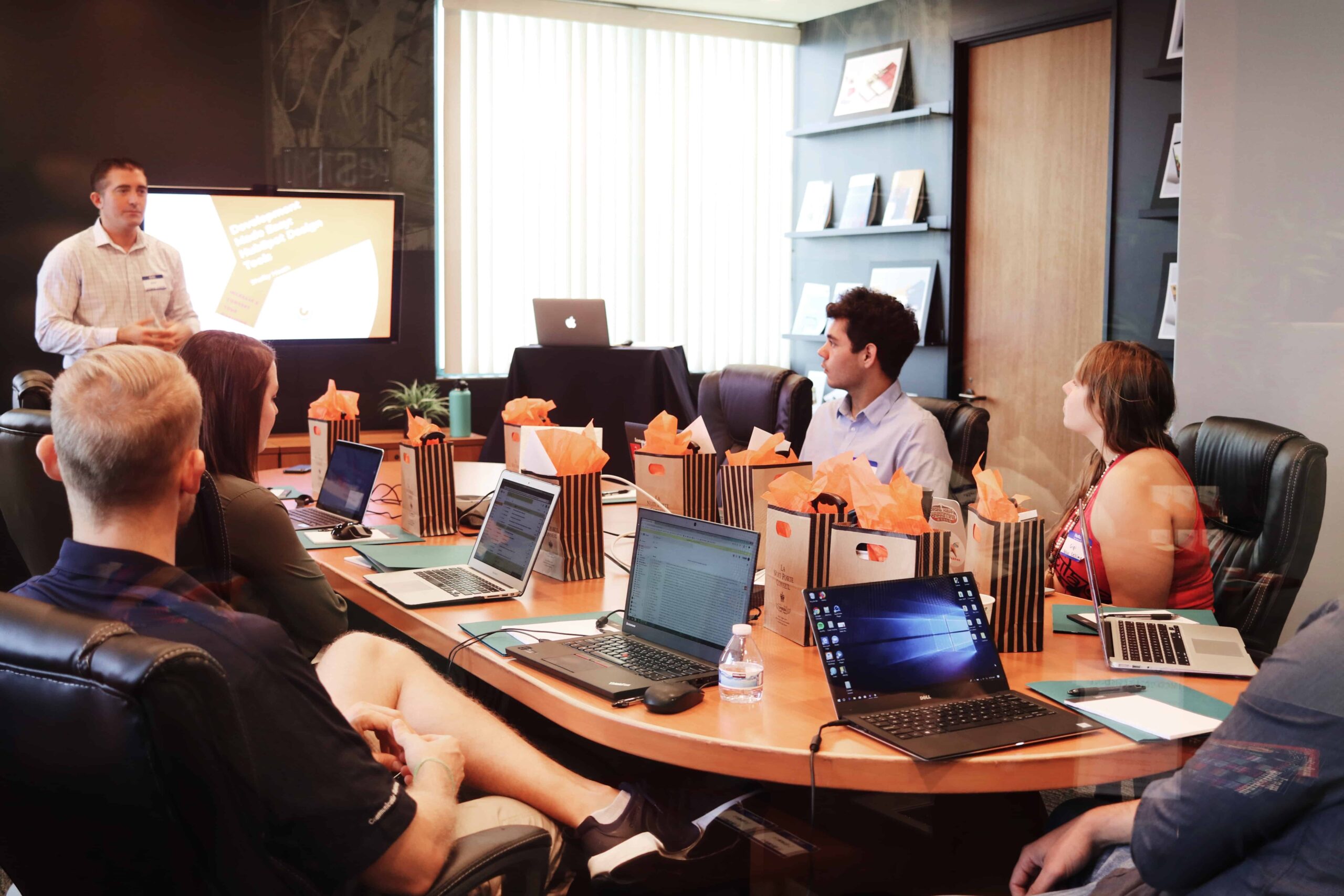Many people and companies have transitioned to working from home, meaning remote work cybersecurity is crucial. Cybersecurity is as vital as physical security, and the risks increase when your employees work from home. It is therefore essential to think about those risks and the best practices for remote work security.
Cybersecurity has always been crucial to companies that have remote workers. As more people work from home due to the coronavirus pandemic, there is an increased risk of company networks getting infected with viruses. That makes your company network vulnerable to cybercrimes.
Engaging in remote work best practices protects your company and your clients. That is because poor cybersecurity puts your client information and company data at risk. To overcome these risks, you need to train your employees and be diligent.
9 Best Practices For Working Remotely
- Do not use personal computers to do your company work.
- Your company should have cybersecurity policies, including password complexity standards, expiration, and require that passwords are changed frequently.
- Do not use open WiFi networks for work.
- Consider using Virtual Private Networks; they ensure that private company information is transmitted safely.
- Make sure that you use multifactor authentication for your key systems, Office365 and VPN. That will ensure attackers do not get into your system.
- Ensure that all your systems including, anti-virus and patching are up to date.
- Use encryptions for all devices used for work by you and your employees.
- Make sure that you protect your company’s communication. Ask your employees to use a headset when making phone calls. They should also use encryption technology when sending sensitive information via email. Ensure your employees do not discuss sensitive information over online chat. It is also essential to advise them to turn off or block their camera when they are not using it.
- Ask your employees to lock away their computers when they are not working and always log off and switch off the device after they finish working. Also, remind them to shred documents that they print out after use.
Companies should also take a multi-layered approach to their cybersecurity. No technology can shield you from all threats. Protecting your company and client information is complex, and you need a professional cybersecurity company to assist you. If your company has remote workers, consider hiring us to help you manage your cybersecurity. We provide remote work cybersecurity and also train your staff. If you want to learn more about how we can help you, contact us.





